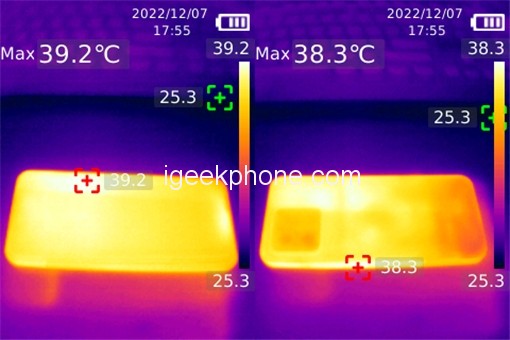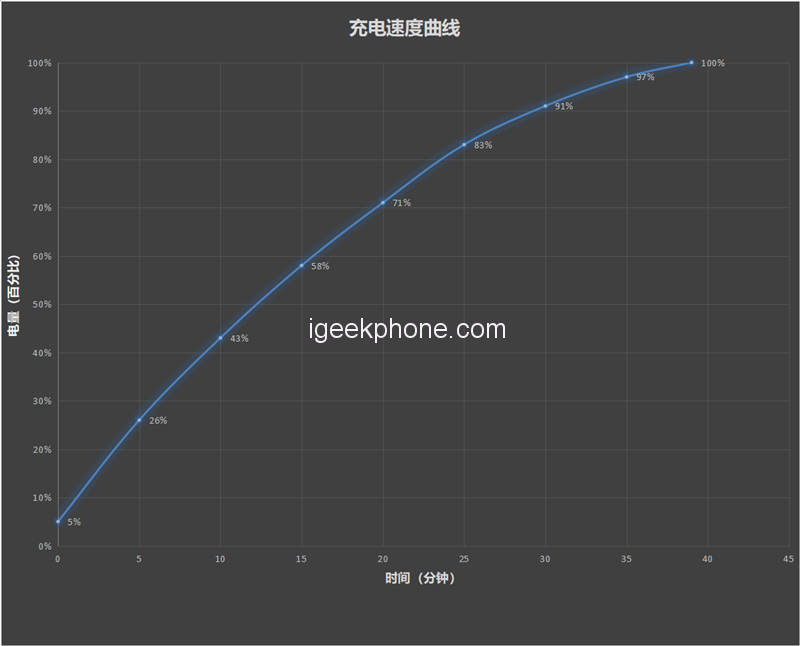The Xiaomi digital series has always been the main market of the Xiaomi mobile phone brand. Last year, the self-developed P1 fast charging chip was introduced in the Xiaomi 12 Pro for the first time, and it was the first to realize the 120W single-cell charging solution in the mobile phone market.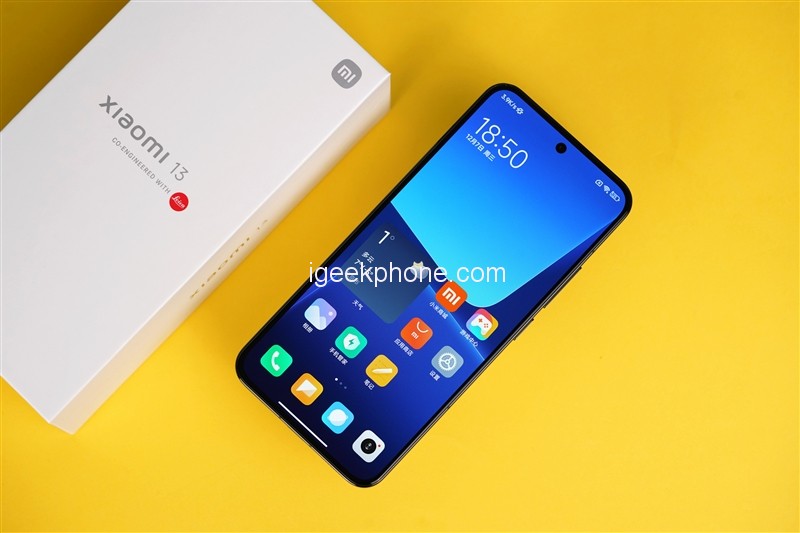
In July of this year, Xiaomi launched the surging G1 battery management chip in 12S Ultra, which provides an important guarantee for battery maintenance and battery life.
These two self-developed chips form Xiaomi’s unique surging battery management system, which provides fast wired and wireless charging for mobile phones under the action of dual-core, and Xiaomi 12S Ultra has also become the first flagship mobile phone equipped with this system in one fell swoop.
By the end of this year, the annual Xiaomi digital flagship is coming, and these configurations will also be passed on to the next generation. Xiaomi Mi 13 has also become the first standard mobile phone to succeed them.
This generation of Mi 13 has not only been upgraded in terms of fast charging, but also introduced the Leica image tuning of the Mi 12S series in the camera field, and followed a new design language, as well as a new screen, a new processor, and a cooling system. , this generation of Mi 13 is not simple.
1. The second-generation Snapdragon 8 mobile platform
Mi 13 is equipped with the second-generation Snapdragon 8 mobile platform based on TSMC’s 4nm process technology. The X3 has a large core with a main frequency of 3.19GHz. Compared with the previous generation, the performance has increased by 35%, and the power consumption has been reduced by 40%, which effectively improves the single-core performance of the processor.
The medium core uses two latest 2.8GHz Cortex-A715 and two 2.8GHz Cortex-A710, and the small core retains three 2.0GHz Cortex-A510, which can run traditional 32-bit applications.
In terms of GPU, the brand-new Adreno 740 is used, and the frequency of 680MHz effectively improves energy efficiency. At the same time, support for ray tracing is also added, but it also depends on whether game manufacturers are willing to follow up.
2. Leica triple camera introduces a 3.2X telephoto lens
Mi 13 also has a very big upgrade in terms of imaging. The Sony IMX800 CMOS is installed for the first time, and the 3.2x telephoto lens is introduced for the first time.
This time, the entire Xiaomi Mi 13 series has joined hands with Leica Imaging again. The unique image tuning makes the mobile phone stand out in terms of photography capabilities.
3. The standard version is distributed to the surging G1 and P1 dual-core
In terms of charging, the standard version of Mi 13 supports 50W wireless charging and is compatible with 10W wireless reverse charging, which also benefits from the surging G1 battery management chip first released in the 12S Ultra and the surging P1 fast charging first released on the 12 Pro. The chip was released for the first time in Mi 13, realizing the double guarantee of safe charging and maintaining long battery life.
Design & Appearance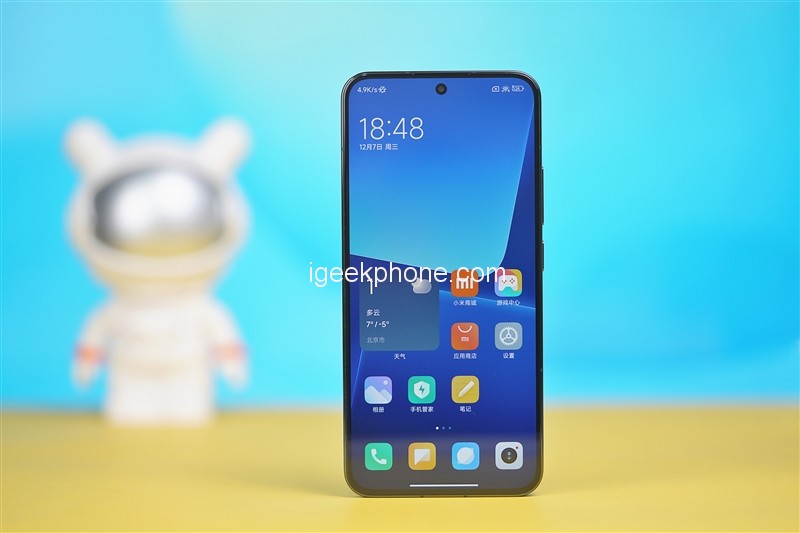
The appearance of the Mi 13 is different from the family-style curved screen design of the 12 series. The front adopts a 6.36-inch straight screen with a brand-new Samsung E6 base material, and the screen looks extremely transparent. The design of Mi 13 follows the three keywords of lightness, sophistication, and order, conveying the creator’s confidence to users.
There is a 32-megapixel front-facing camera in the center, and the earpiece adopts a micro-slit design, which is almost invisible under the black panel. The bezels on both sides of the screen of this generation of Mi 13 series flagships are 1.16mm wide, making the screen-to-body ratio of the whole machine reach 93.3%. The width of the bottom of the Mi 13 phone is as wide as the left and right sides. Without the hyperboloid screen, the whole machine is more coherent.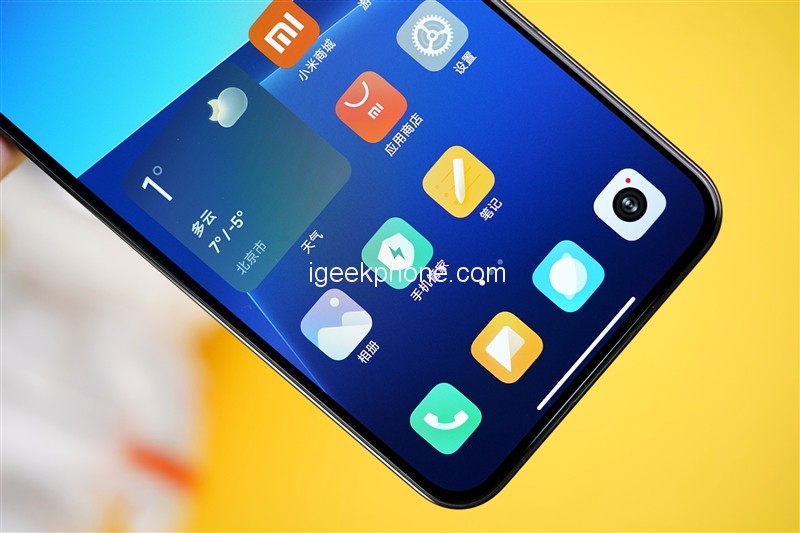
Another difference lies in the middle frame. Mi 13 abandoned the previous curved middle frame and switched to a vertical frame design. The high-gloss aluminum core frame presents a soft luster, which can better highlight the visual impact of the screen. The back of the phone adopts 3D glass technology, which fits closely with the straight-edge middle frame, and the overflowing glass back panel also provides a good enough grip.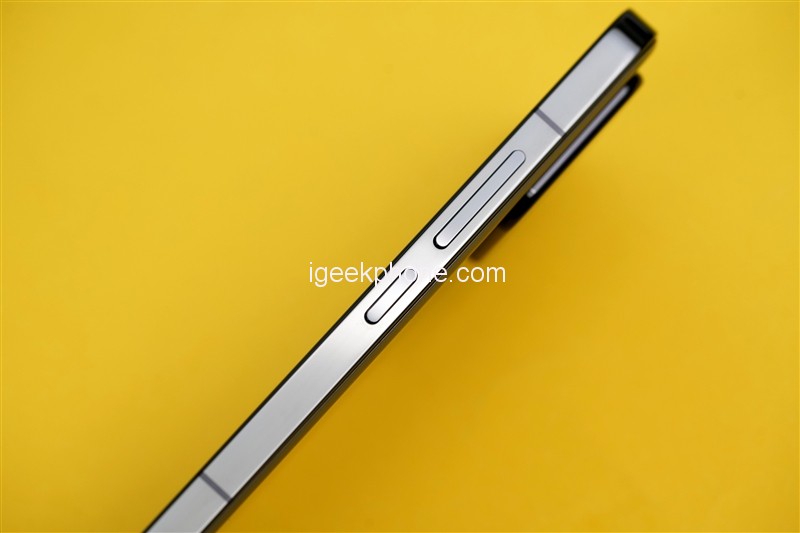
The camera part also follows the design language of the whole machine. It protrudes from the back of the phone as a whole. The main camera, ultra-wide-angle, telephoto, dual LED flash, and laser focus module are all located in it, separated by lines to form a simple cube.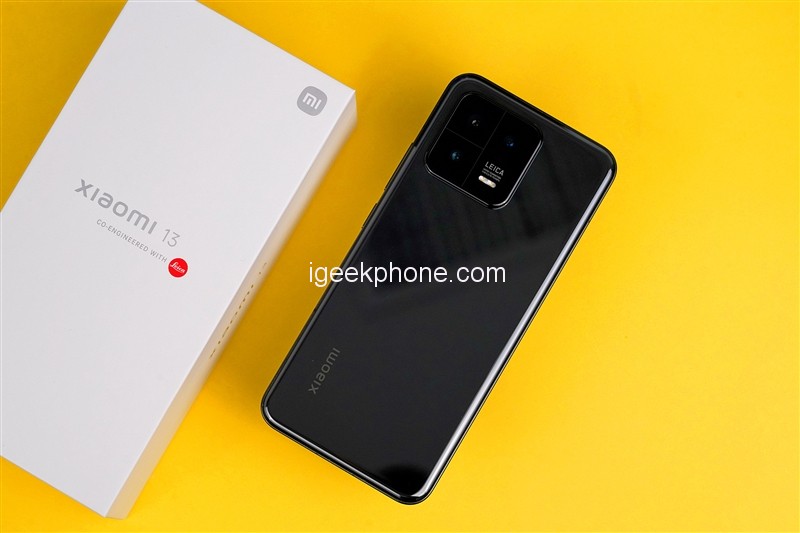
The version we received at Kuaidi Technology is black, the “Xiaomi” logo is integrated with the glass back panel, and the light shining in it shows the elegant and noble atmosphere of the mobile phone.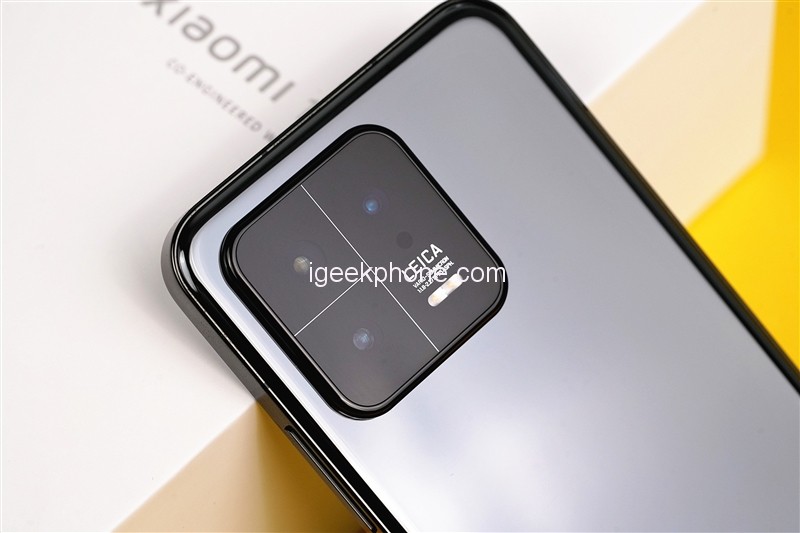
There are two noise-canceling microphones on the top of the phone. The opening of the speaker is made into a round hole, which is symmetrically arranged with an infrared remote control sensor. The minimalist design style is good for obsessive-compulsive disorder.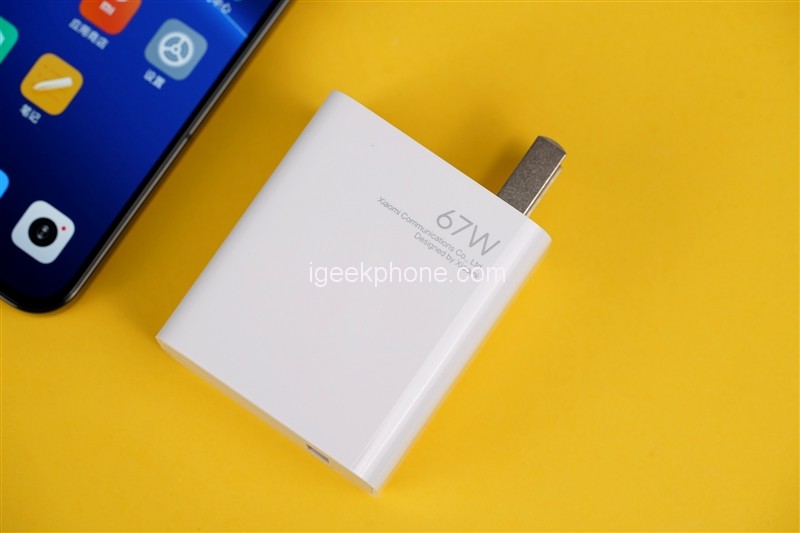
At the bottom of the phone are speakers, Type-C and earphone shared interface, microphone, and SIM card slot. The power and volume buttons of Mi 13 are located on the right side of the phone. Mi 13 supports 67W surging wired second charging and comes with a 67W fast charging kit.
Hardware & Performance 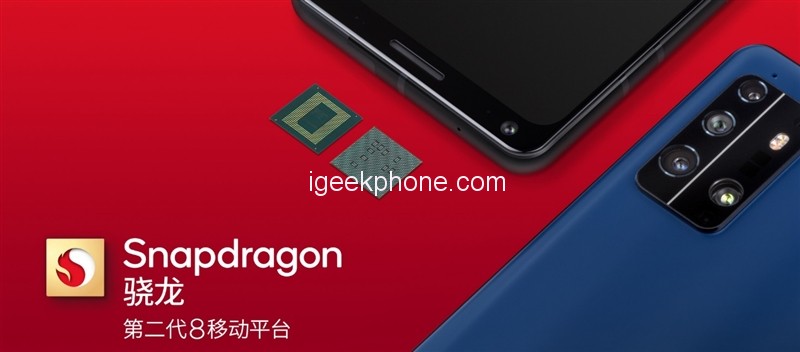
The second-generation Snapdragon 8 adopts a distinctive “1+2+2+3” four-cluster eight-core design architecture, adopts the same TSMC 4nm process technology as the Snapdragon 8+, and introduces the Cortex-X3 large core, the main frequency is also 3.2GHz, and the new CPU architecture will further enhance the multi-thread workload capability of the processor.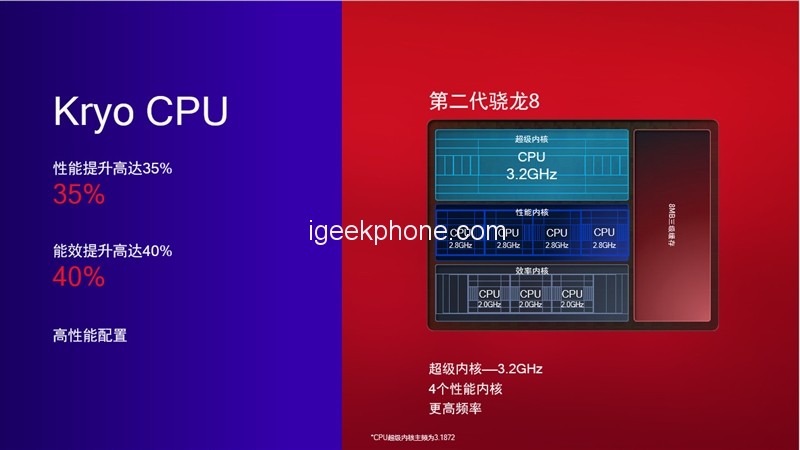
According to ARM’s official data, compared with the previous generation Cortex-X2, the performance has been improved by 35%, while the power consumption has been reduced by 40%.
In addition, China Core has also introduced the latest Cortex-A715, which is mixed with Cortex-A710. The main frequency of 2 A715+2 A710 is 2.8GHz, but Cortex-A715 cuts off the support for 32 applications, and A710 is compatible with 32-bit applications, so some old apps can only be loaded in these two cores.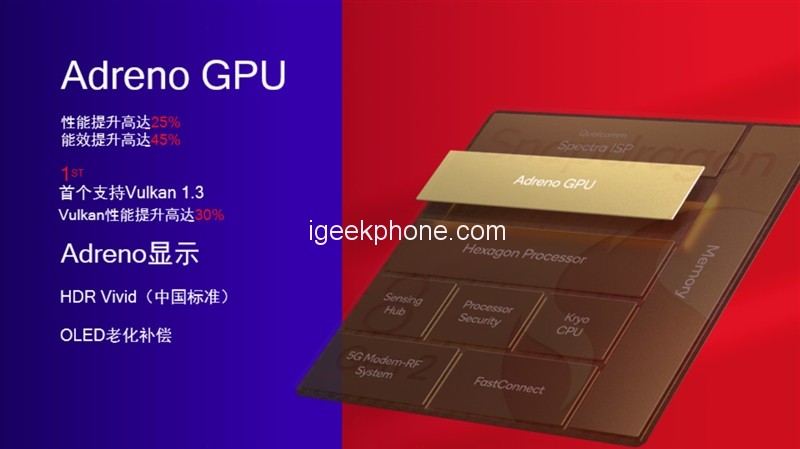
The small core part is three 2.0GHz Cortex-A510 v2 cores, which are not much different from the previous generation.
The L3 cache of the second-generation Snapdragon 8 is upgraded from 6MB to 8MB, and the supported memory specification is also upgraded to four-channel 16bit LPDDR5X 8533MT/s (4266MHz), and the flash memory specification also supports UFS 4.0.
The GPU part is also the most upgraded aspect of the second-generation Snapdragon 8. It adopts a new generation of Adreno 730 GPU core. Although the frequency of 680MHz is not as good as the 900MHz of Snapdragon 8+, its scale has increased significantly. According to the official announcement, the performance has increased by 25%. , energy efficiency increased by 45% and supports hardware-level ray tracing, which also means that we can also play light-chasing mobile games on mobile phones on the Qualcomm platform.
This time, the second-generation Snapdragon 8 finally supports the Bluetooth 5.3 transmission protocol and the latest Wi-Fi 7. The peak network speed can reach 5.8 Gbps, and it is backward compatible with Wi-Fi 6E, Wi-Fi 6, and Wi-Fi 5.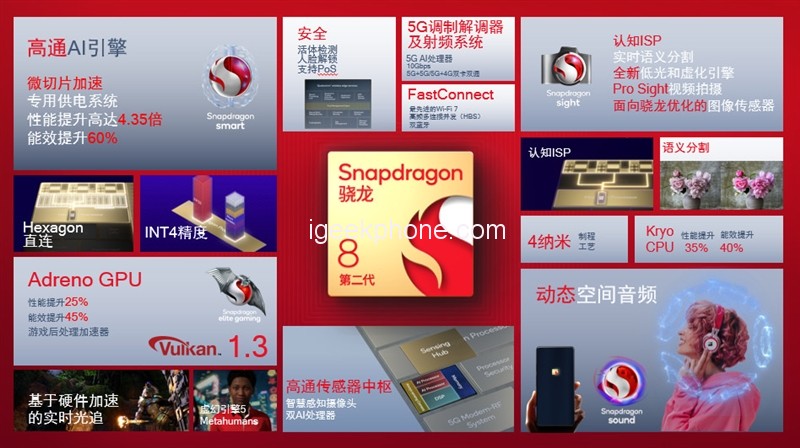
In addition, the second-generation Snapdragon 8 is the first to integrate the X70 5G modem and radio frequency system, with a peak download speed of up to 10 Gbps and an upload speed of up to 3.5 Gbps.
Benchmark test
So, having said so much, what is the performance of the second-generation Snapdragon 8?
Let’s start with a set of theoretical benchmark tests.
1. AnTuTu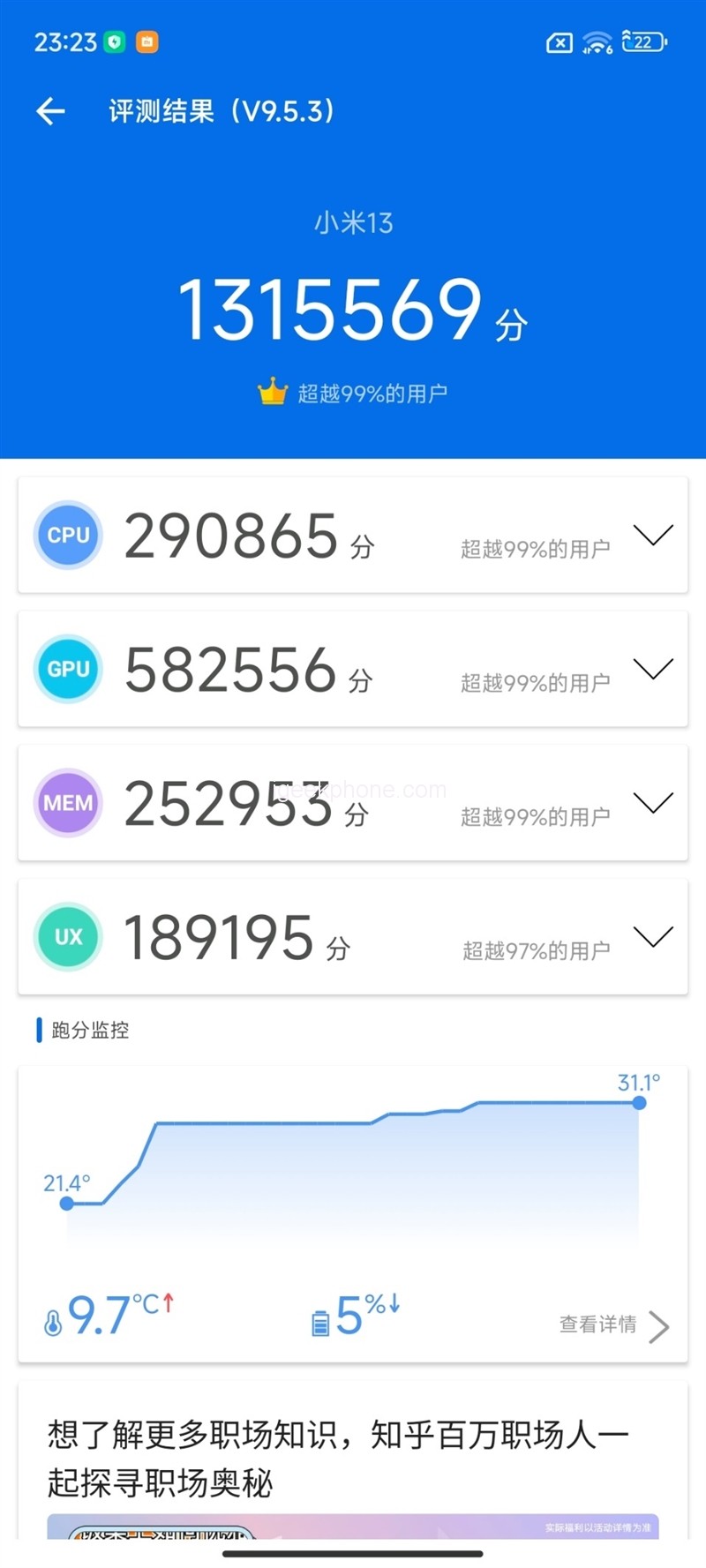
The first is AnTuTu’s comprehensive performance test. The total score broke through the 1.3 million mark, reaching 1,315,567 points, which is a full 30% increase compared with the Snapdragon 8 equipped on the Mi 12.
Among them, the CPU score is 290865 points, an increase of 32.4%, the GPU score is 582556 points, an increase of 29.6%, and the memory score is 252953 points, an increase of 52.4%.
2. Master Lu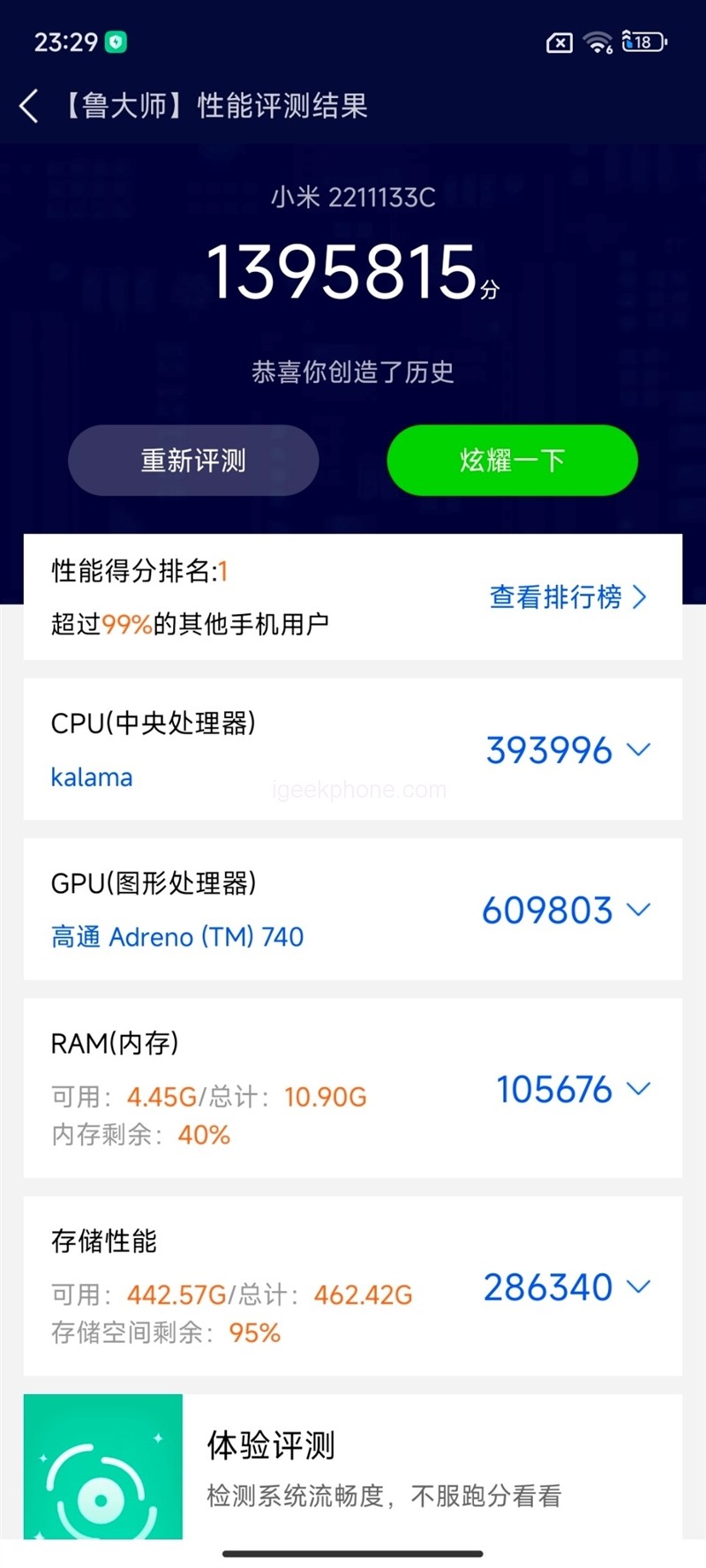
According to Master Lu’s comprehensive performance test, Mi 13 ran a score of 1.39 million+, of which the CPU scored 393996 points and the GPU scored 609803 points, ranking first in performance scores.
3. GeekBench 5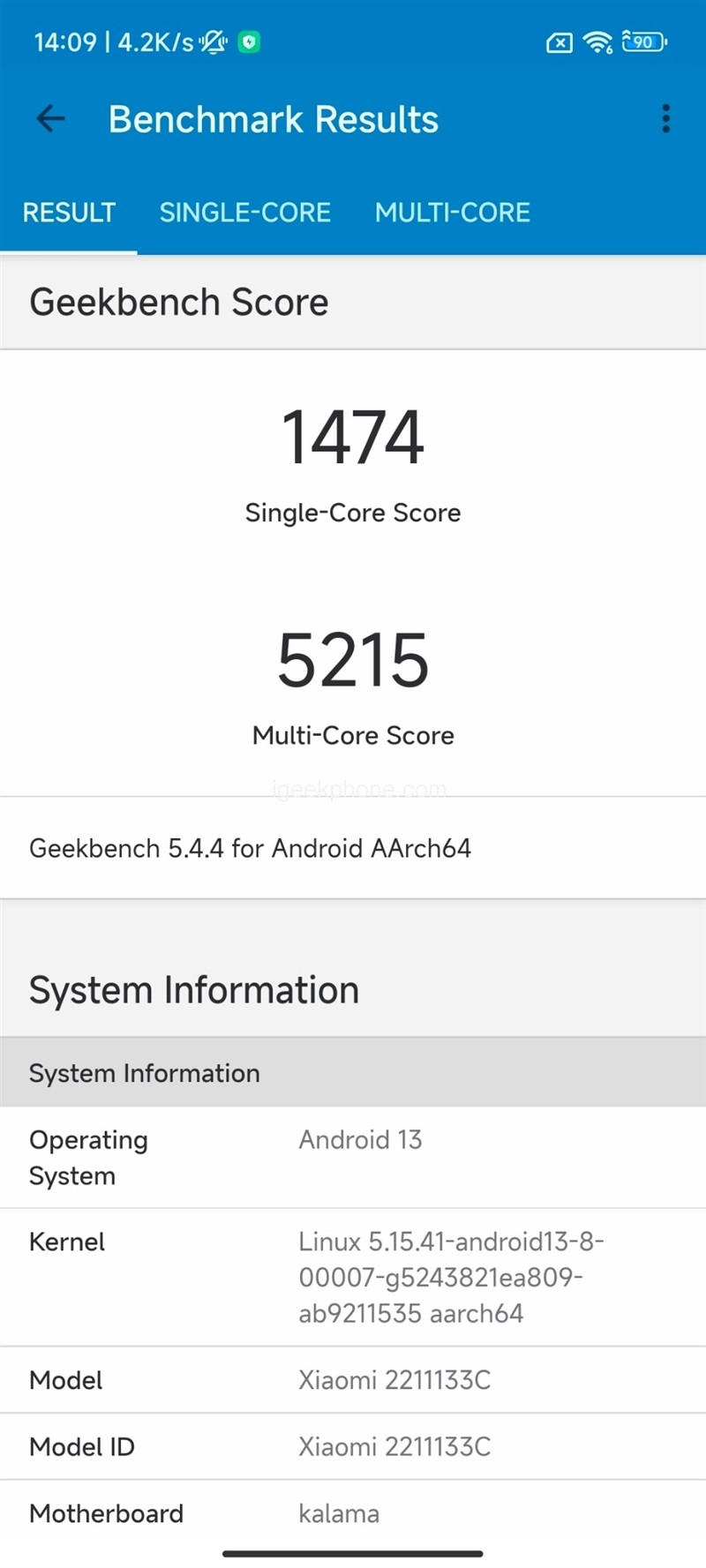
Then came the single CPU test. The second-generation Snapdragon 8 on Mi 13 had a single-core running score of 1474 points, and the multi-core running score broke through 5000 points for the first time, reaching 5215 points, an increase of 24.4% compared with the first-generation Snapdragon 8. , 43%.
4. GFXBench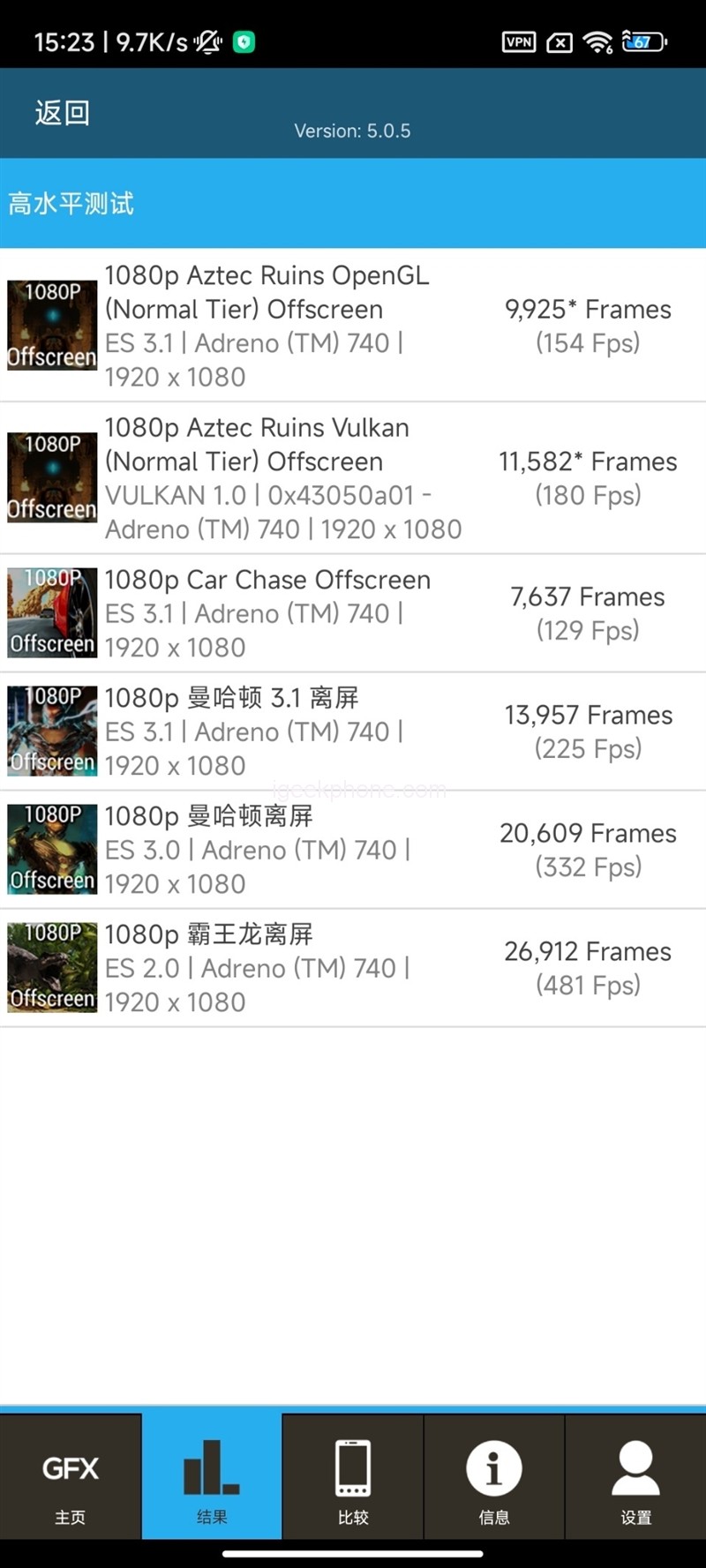
GPU single test, we used 6 projects in GFXBench: 1080P Aztec ruins OpenGL, Aztec ruins Vulkan, racing chase, Manhattan 3.1, Manhattan, Tyrannosaurus Rex, the results were 154FPS, 180FPS, 129FPS, 225FPS, 332FPS, 481FPS.
Compared with the first-generation Snapdragon 8, it has a more obvious advantage in graphics rendering capabilities, with a maximum increase of 37.4%, and a minimum of 18.5%.
5. Adrobench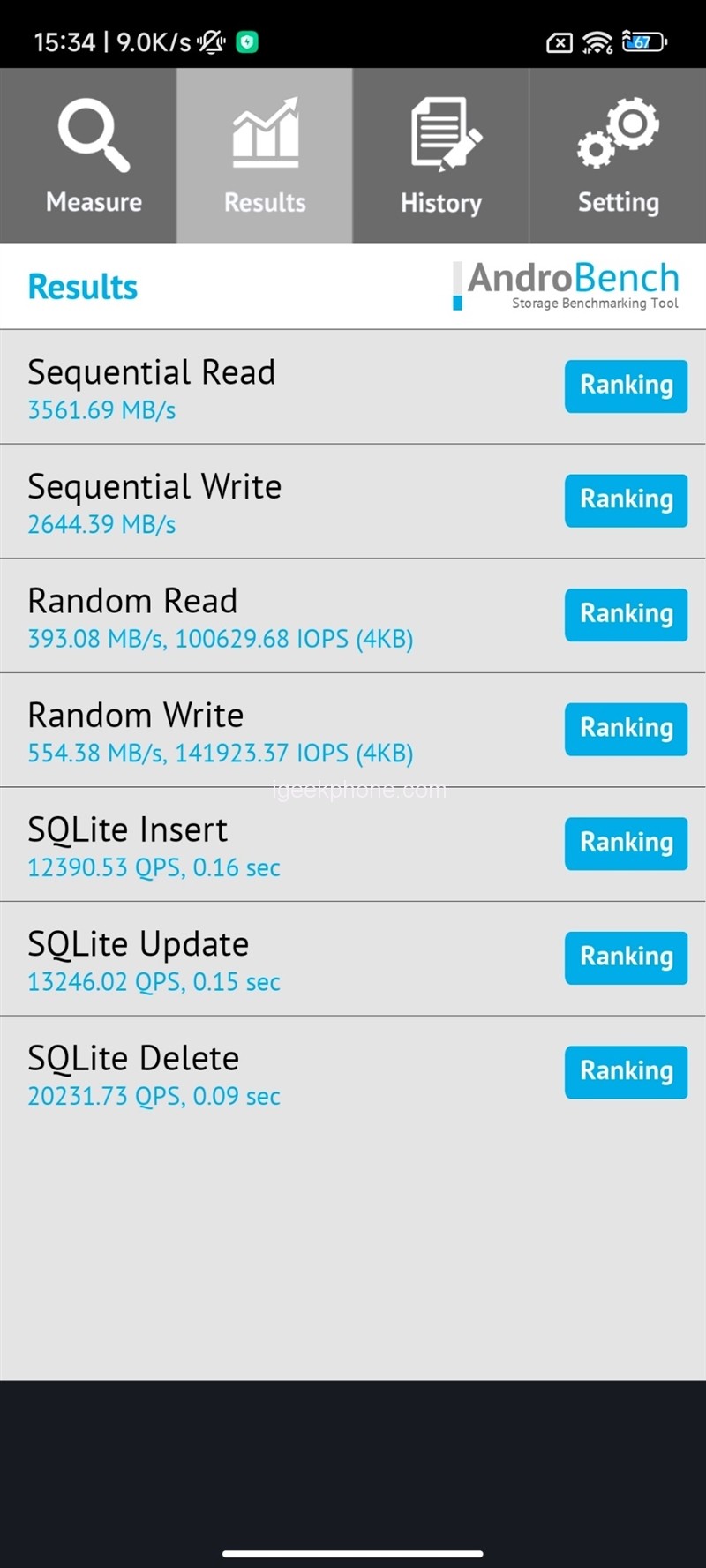
Mi 13 is equipped with the new UFS 4.0 flash memory technology, which supports FBO storage ring letter technology. The 12+512GB version has passed the Adrobench storage test, and the sequential reading speed reaches 3561.69MB/s, and the sequential writing speed reaches 2644.39MB/s. Compared with UFS 3.0, with an increase of 87.3% and 99.9% respectively.
In terms of sequential reading and writing, the increase is not as good as that of random reading and writing. They ran 393.08MB/s and 554.38MB/s respectively, which are 33.7% and 67.6% higher than UFS 3.1.
Gaming Performance
Running points can only represent theoretical performance, and actual performance can explain everything.
Therefore, we used Mi 13 for game testing and selected three representative mainstream mobile game masterpieces with low, medium, and high loads, namely “Glory of the King”, “Peace Elite” and “Yuan Shen”. In an office environment of 25 degrees Celsius, the frame rate is given priority for testing.
1. Glory of Kings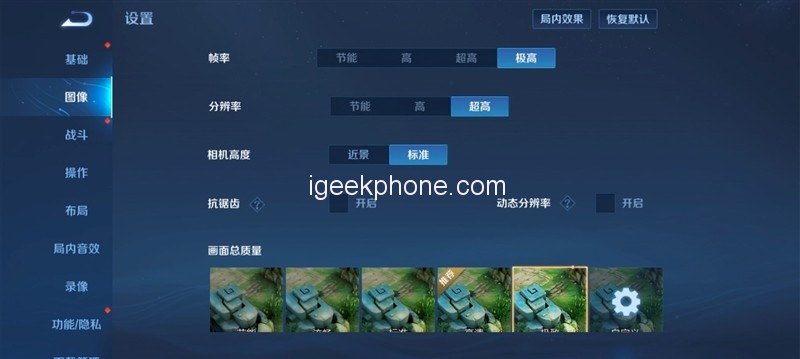
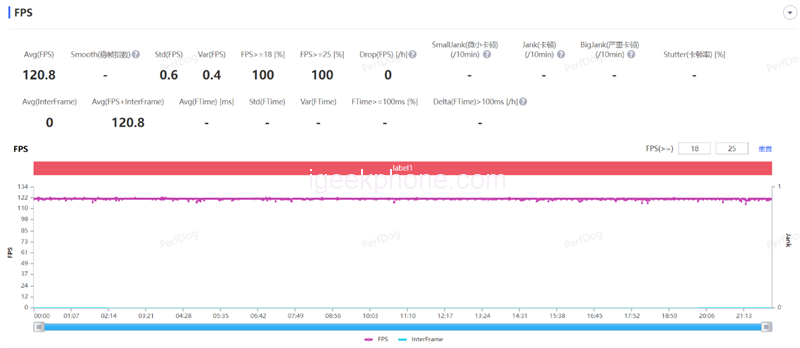
The first is the low-load “Honor of Kings” mobile game. Under extremely high frame rate + ultra-high resolution, the game runs at 120FPS. After a team battle for about 20 minutes, the average frame rate of the game is maintained at 120.8 FPS. Without any fluctuations, it can even exceed 120 frames.
2. Peace Elite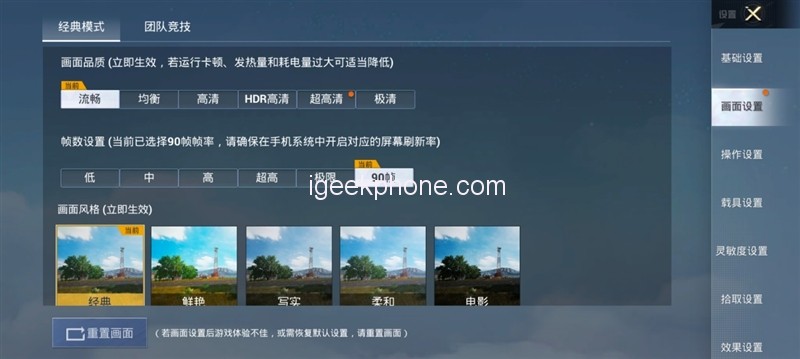
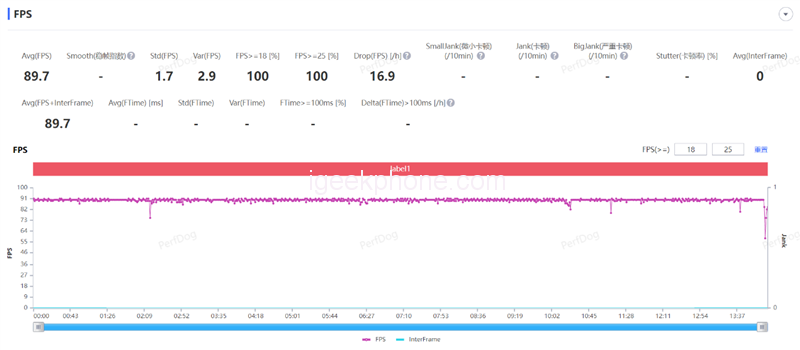
The peace elite mobile game with medium load, smooth picture quality + 90 frame mode, the average frame rate of the 15-minute game is maintained at 89.7FPS, the game fluctuation is not very large, and the overall is very stable.
In terms of temperature, the front of the phone is up to 39.2 degrees Celsius, and the back of the phone is up to 38.3 degrees Celsius.
3. Original God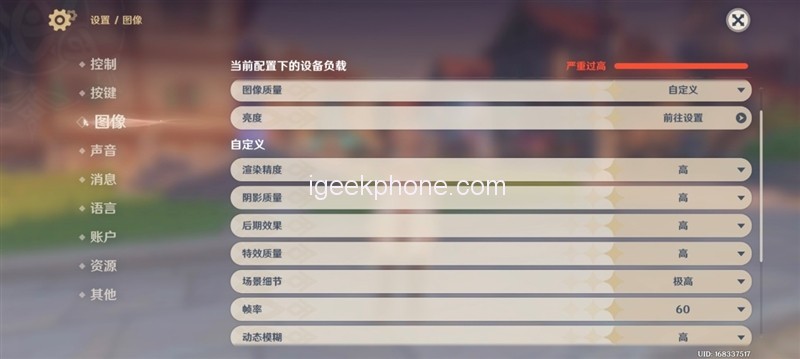
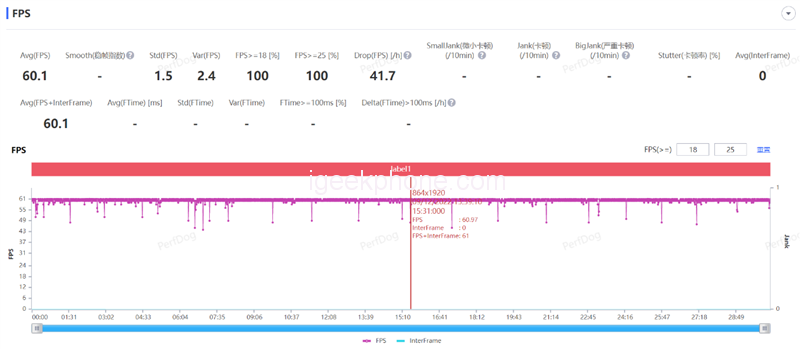
Yuanshen mobile game is known as the killer of mobile phone hardware, but it is still no problem for Xiaomi Mi 13. Combining the absolute leading hardware strength and excellent software tuning, after 30 minutes of testing in the highest quality + 60 frame mode, the whole game There is no frame drop operation, and the whole process is stable at 60FPS. In the end, the second-generation Snapdragon 8 can run above 60FPS, with an average frame rate of 60.1FPS, and maintains a resolution of 864P throughout the process.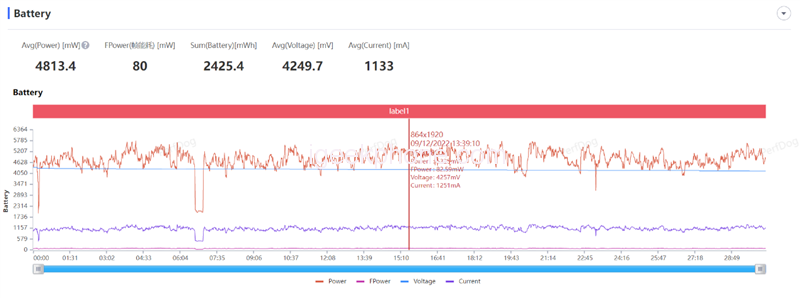
In terms of power consumption, the second-generation Snapdragon 8 has more advantages. After a 30-minute game test, the average power consumption is only 4.8W. TSMC’s 4nm process is enough to crush all flagship SoCs.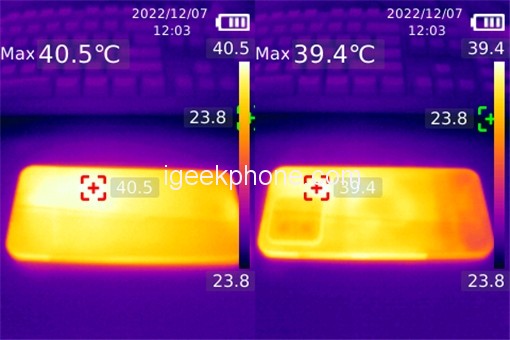
In terms of temperature, the highest temperature is 40.5 degrees Celsius on the front of the phone, and 39.4 degrees Celsius on the back of the phone. The comfortable gaming experience with full frames can have such a low heat generation. The energy efficiency ratio of the second-generation Snapdragon 8 is quite amazing.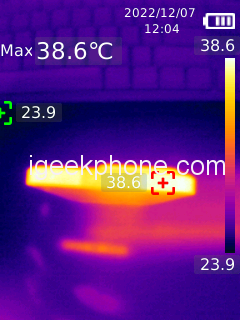
The top frame of the phone is 38.6 degrees Celsius. When holding the phone in landscape, the palm will feel slightly hot.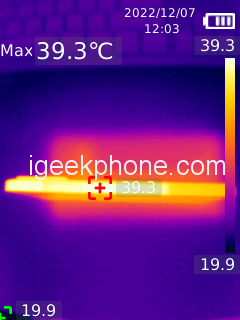
The maximum temperature of the side frame of the phone is 39.3 degrees Celsius, and the position where the little finger drags the phone will generate more heat.
Cameras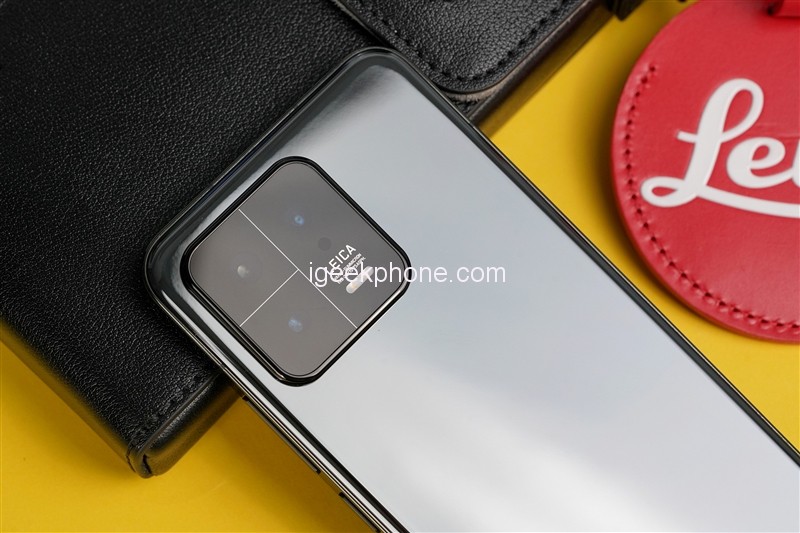
Xiaomi Mi 13 has three rear cameras, and the main camera uses a 54-megapixel Sony IMX800, but because the sensor size is 16:9, the photos in the phone will be presented in a 4:3 ratio, so in high-pixel mode In the next output screen, the images on both sides of the CMOS will be cropped, and finally, the mobile phone will output 50MP pixels, and the default four-in-one output is 12.5 Megapixels.
The telephoto lens is a 10-megapixel Samsung S5K3K1 with an equivalent focal length of 75mm and supports 3.2X lossless zoom
The ultra-wide-angle lens uses a 13MP OmniVision OV13B10 with an equivalent focal length of 15mm. The three lenses equipped with Mi 13 cover the 0.6X-3.2X optical zoom range and support up to 30x digital zoom, and each lens has passed Leica optical certification.
Main camera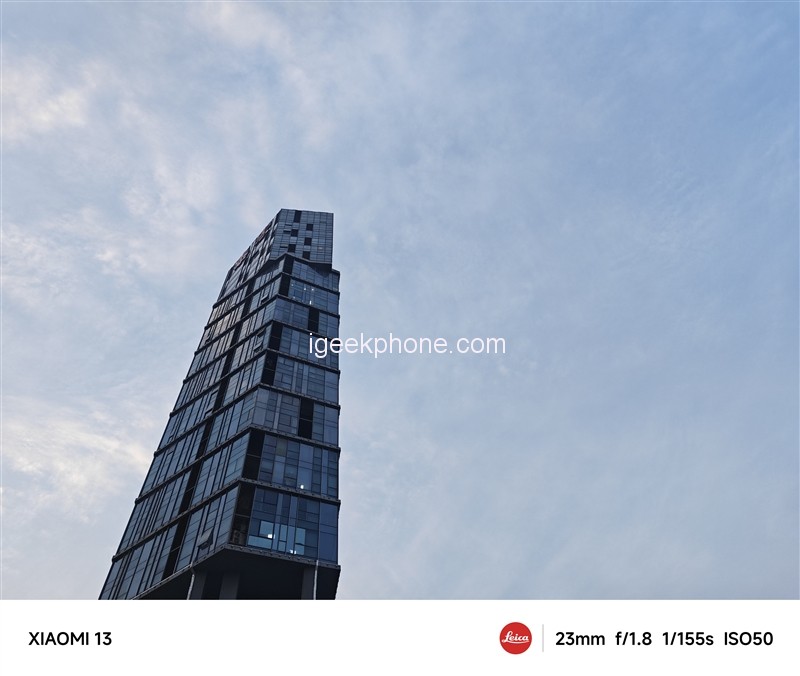
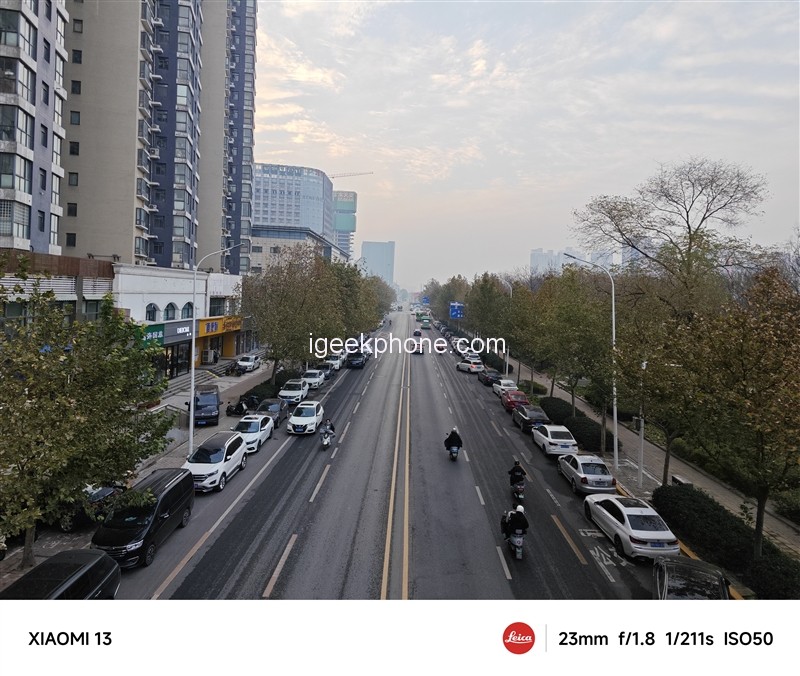
The proofs taken by the main camera of Mi 13 in the daytime, after Leica image tuning, the overall color saturation is higher. Whether you are shooting the sky, lights, or green grass, the proofs are displayed in colors that are more pleasing to the human eye, and the red is more biased towards bright red. , the green grass looks very gorgeous at first glance, and the white balance and tolerance are in place, which is a proper flagship level.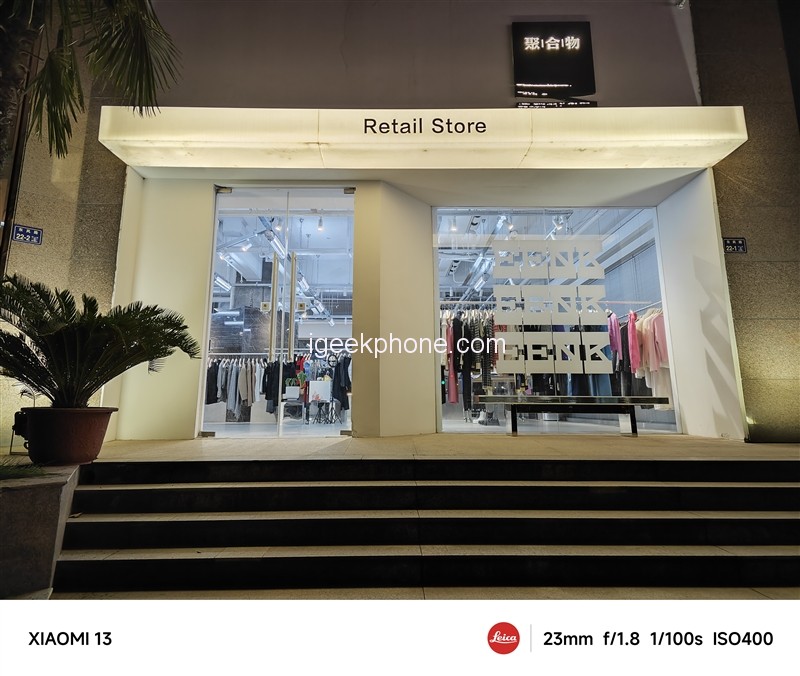
The main camera of the Xiaomi Mi 13 is equipped with Hyper OIS super optical image stabilization, which has stronger stability when shooting long-exposure night scenes. It can also retain more light and shadow details when the light is insufficient, and it can shoot very immersive pictures.
Telephoto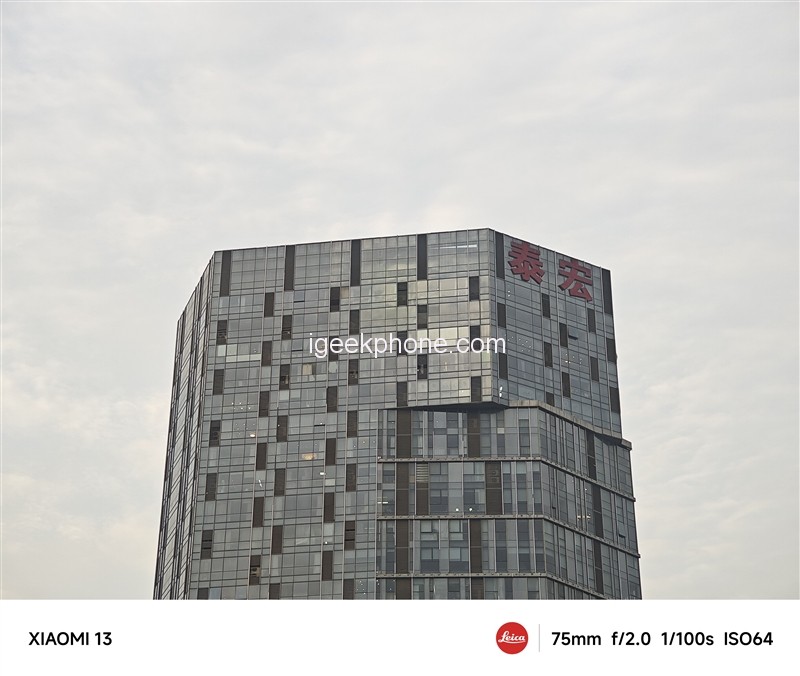
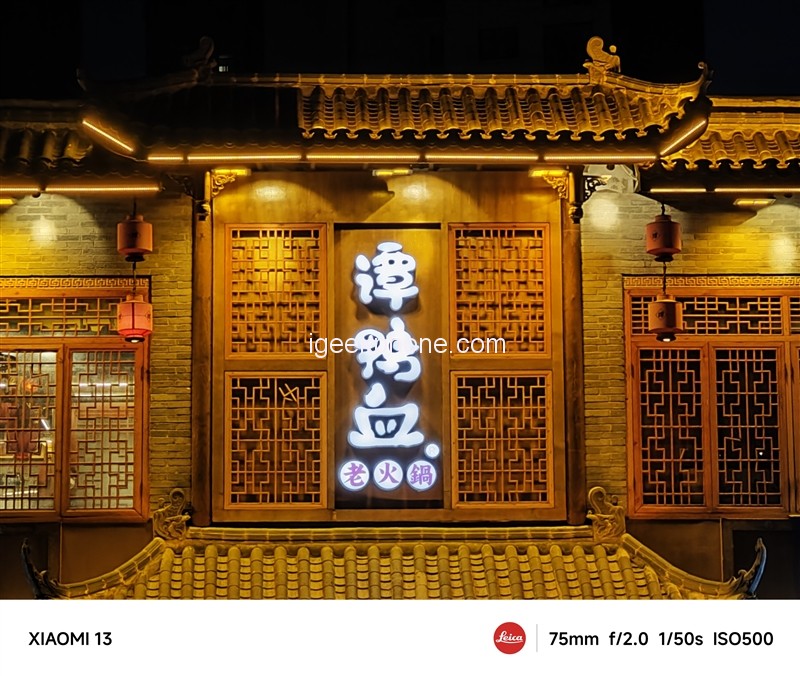
The telephoto lens of Xiaomi Mi 13 supports 3.2x lossless zoom, which can be called when zoomed in to 3.0X. With a focal length of 75mm and a resolution of 10 Megapixels, it can shoot samples with full texture, pure picture, fine details, and perfect color. closer to the real environment. The night scene under the telephoto lens, combined with the interlacing of colorful light, has a high level of display of picture color and film formation rate, high film production rate, and excellent control of astigmatism of light signs. 3.2X telephoto lens Personally thinks it is the best focal length.
Ultra Wide Angle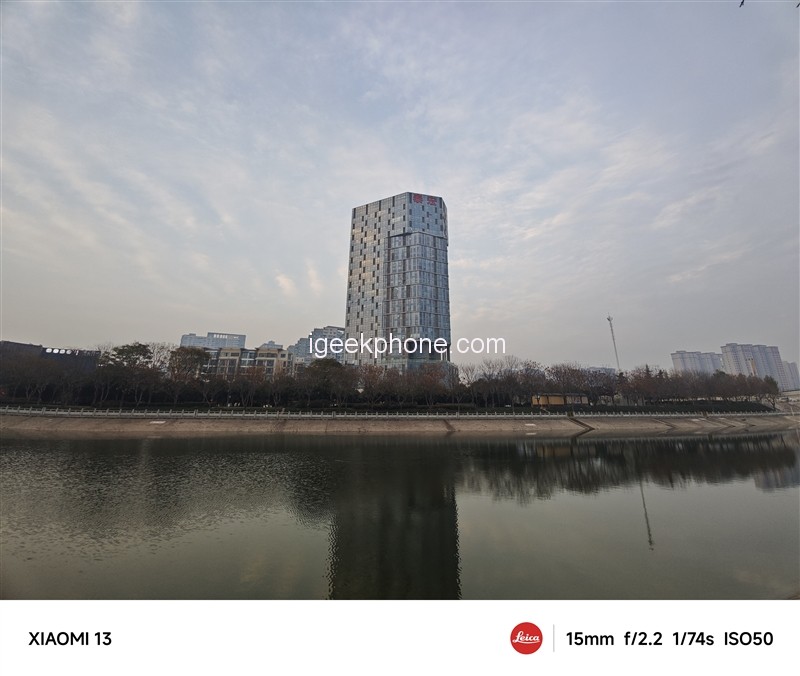
With a 12-megapixel ultra-wide-angle lens, the distortion control on both sides of the screen is quite a in place. However, due to the small photosensitive area of CMOS, the overall brightness is not as good as that of the main camera, but there is still no pressure to deal with some wider images.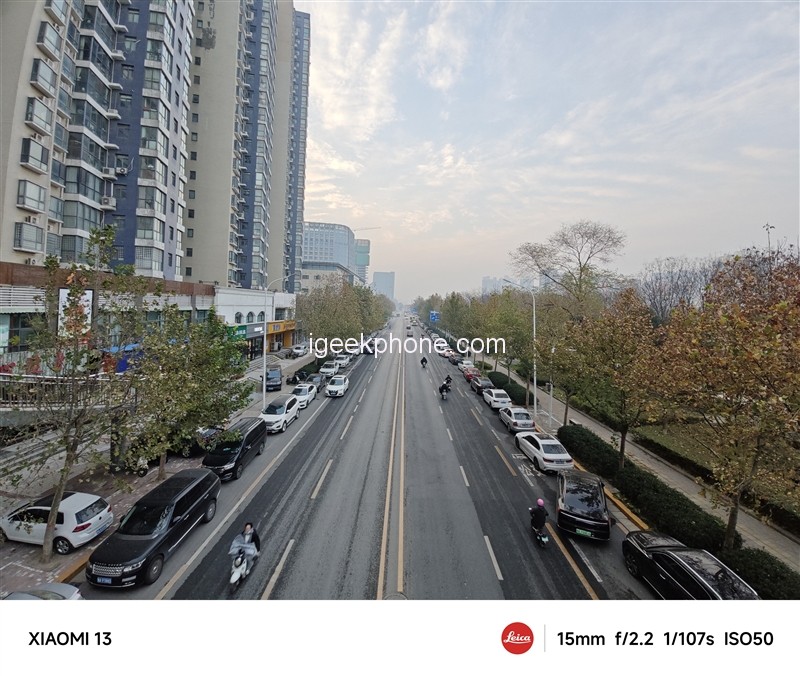
In the night scene under the ultra-wide angle, the color is displayed accurately, the sky in the dark part does not have too much noise, and satisfactory proofs can be produced easily.
Battery
Xiaomi Mi 13 is equipped with a 4500mAh high-energy density battery, which adopts a 4.48V electrochemical system and MCP cell packaging technology. 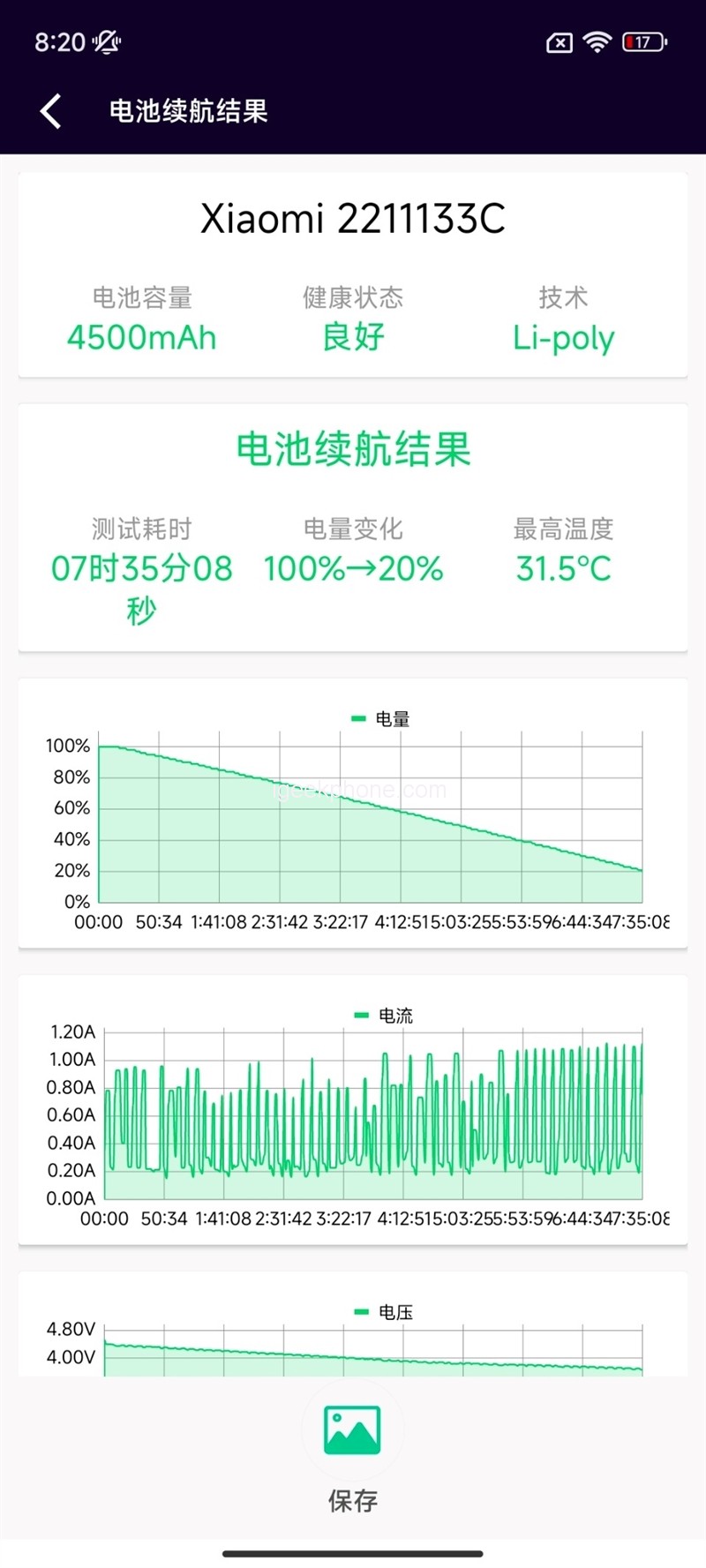
At the same time, Mi 13 supports up to 67W surging second charging, 50W wireless charging, and 10W wireless reverse charging, and has a built-in Xiaomi surging P1 fast charging chip to ensure the safety of the mobile phone when charging.
Charging test
After testing, starting from 5%, the mobile phone can be charged to 26% in 5 minutes, 43% in 10 minutes, and 91% in half an hour. At this time, it enters the trickle charging mode, and it only takes 39 minutes to fully charge.
Endurance test
For the battery life, we use a professional battery life test tool – the battery dog produced by Kuai Technology.
In terms of test items, we chose the extreme power battery life test and checked all the test items including CPU high voltage, CPU multi-threading, AI recognition, picture browsing, video playback, and web browsing to simulate user usage scenarios and restore the real load to the greatest extent. Infinitely close to the real power consumption.
We set the screen brightness of Xiaomi Mi 13 to 50% and turned off the automatic brightness. The refresh rate is the default, and the test starts from 100% power.
When the remaining power was measured to 20%, the hardware dog gave a battery life result of 7 hours and 35 minutes. After conversion, the full battery life of Mi 13 can reach about 9 hours, which can fully meet the intermittent use time of users throughout the day.
Read Also: Xiaomi Mi 13 Pro Review: Telephoto Like an SLR Lens
Verdict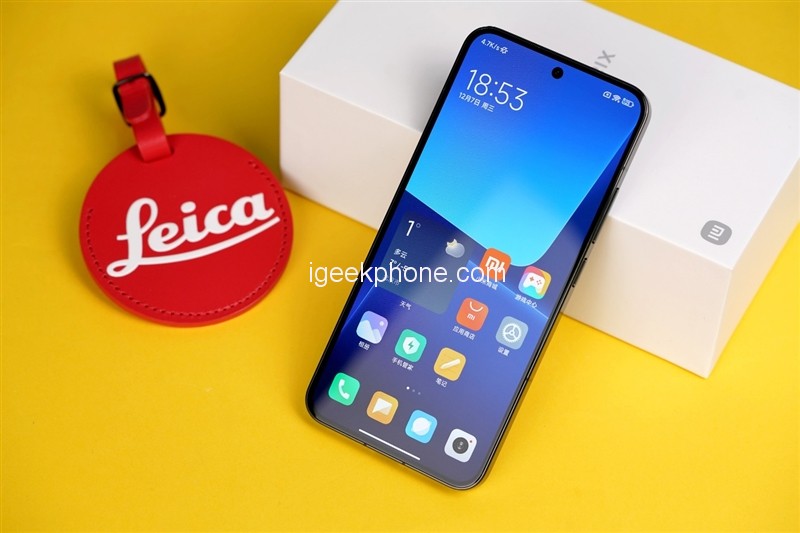
As a standard mobile phone, Mi13 has made a new breakthrough in the history of Xiaomi mobile phones. The second-generation Snapdragon 8 mobile platform is supported, and the self-developed dual-core is released for the first time. 13 is not only far ahead in terms of performance, but also a fully upgraded Xiaomi standard mobile phone from multiple angles.
1. The second-generation Snapdragon 8 Yuanshen is stable but not hot
The brand-new second-generation Snapdragon 8 mobile platform also brings UFS 4.0 high-speed flash memory. The 680MHz Adreno 740 GPU makes the graphics processing capability of the mobile phone advance by leaps and bounds. Thanks to TSMC’s advanced 4nm process technology, the mobile phone’s heat-energy efficiency ratio has also been greatly improved.
After our Yuanshen mobile game test, the average power consumption for half an hour is only 4.4W, basically at the same level as the A16 of the iPhone 14, and the average frame rate can reach 60.3FPS, which is enough to show the strength of the second-generation Snapdragon 8 mobile platform Commendable.
2. Leica Image Tuning has an outstanding color for taking photos
Xiaomi Mi 13 uses Sony IMX800 CMOS for the first time. After Leica image color calibration and optimization, the picture color is full and rich. With a lower exposure time in night scenes, and with Hyper OIS super optical image stabilization, it can quickly output LCD pictures with noise control. In place, rich detail is preserved.
As a standard version, Xiaomi Mi 13 introduces a 3.2x telephoto lens for the first time, and with the switching of multiple focal lengths, it realizes convenient photography of more scenes.
3. Surging dual-core decentralized charging is safe and guaranteed
The surging self-developed chips that used to be only available in large or super large cups are standard for the first time in this Mi 13 medium cup model, and there are two of them at once.
Surging P1 focuses on safe and fast charging scenarios. For Mi 13, it realizes various charging functions such as wired 67W, wireless 50W, and wireless reverse charging.
Paper G1 is in charge of battery management. Through more accurate power calculation and high security, it delays battery aging and makes the phone last longer.
In general, Mi 13, a medium-sized model, introduces many configurations that are only available in super-large cups. It has a compact body, smooth feel, and Samsung E6’s high-quality direct screen, creating a unique experience in terms of feel and appearance. Different small-screen flagships; the second-degree cooperation with Leica and the installation of a telephoto lens have qualitatively improved the imaging quality and image experience, Gameplay, charging safety, multi-scenario fast charging, etc. providing high-quality experience and guarantee in all aspects.
Do not forget to follow us on our Facebook group and page to keep you always aware of the latest advances, News, Updates, review, and giveaway on smartphones, tablets, gadgets, and more from the technology world of the future.










